In this article I will not go into the technical details of creating IPS and AMOLED matrices, they are in this case not so interesting. What is more important is what the average consumer gets when choosing this or that matrix. Therefore, in this material I will talk about the practical advantages and disadvantages of these two types of matrices.
Benefits of IPS
IPS matrices are an evolutionary development of TFT displays, but with a number of specific advantages. Firstly, they have much better color rendering, the picture on IPS is much brighter and juicier. Secondly, they have much higher viewing angles; when deviated, the picture does not fade. The overall brightness level of IPS panels is also superior to conventional TN displays. The last advantage is natural white color, which is quite problematic to achieve on AMOLED.
One of the many choices you make when purchasing a new smartphone is the display type. Here we'll explain in detail what you need to know about them without going too far into the complex technique of each approach. The differences between the two technologies have changed over the years and will continue to change as new updates become available, so keep an eye out latest updates from large manufacturers.
With these displays, individual pixels are individually illuminated on top of a thin-film transistor array that passes electrical power through organic compounds. Color is controlled by tiny red, green and blue light-emitting diodes built into the display. The best way to understand this is to think of each pixel as its own colored miniature light bulb on the screen.
Advantages of AMOLED
AMOLED matrices are produced by Samsung and were initially used only by it, but later other manufacturers also gained access to such displays.
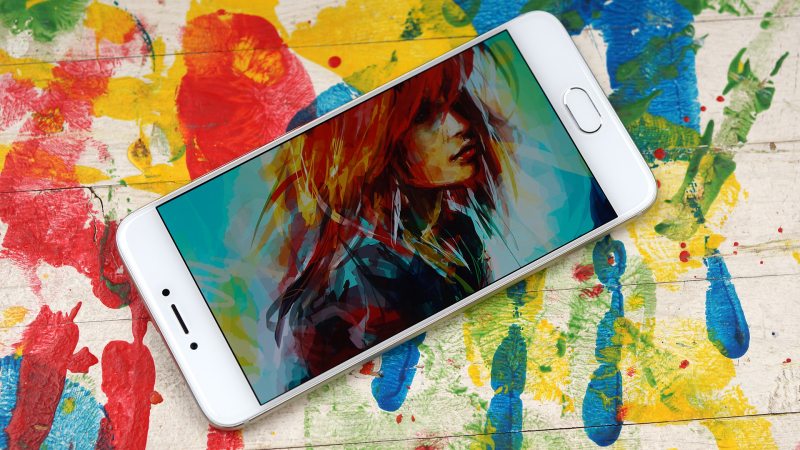
The first advantage of AMOLED matrices is the natural black color; on both IPS and TN matrices, the black color is more like gray, especially at maximum brightness. With AMOLED, you get perfect blacks, and the added bonus is reduced power consumption when displaying them.
This also results in a theoretical time improvement battery life, but it depends on how exactly you use the screen. Also in the negative column they cost more to produce and may appear less sharp when viewed at very close range.
The technology is highly prized for gorgeous colors and very deep blacks. Horizontal and vertical filters on both sides of the liquid crystals control brightness and whether each pixel is on or off. Handsets tend to be thicker when the backlight is on, although like many of these points, an attempt is made to correct this.
The second plus is the high contrast of the picture. Many users love AMOLED displays for their bright and rich colors. Any picture looks very cool on such screens.
Third advantage - high level maximum brightness. In a direct comparison, on a bright sunny day, the AMOLED matrix will outperform IPS.
The fourth advantage is low power consumption. Smartphones equipped with IPS screens will discharge with an active screen much faster than their counterparts with AMOLED
All pixels are illuminated to some extent even though the device is turned on, although they are black. This means that contrast and blackness may suffer. From above, the pixels can appear to be packed more closely together, aiding sharpness and clarity.
Smartphone acronyms can be a little overwhelming, but if you want to know what all the numbers and acronyms associated with smartphone screens mean, we've got you covered. Want to know what each screen type is best for and what the differences in screen resolution mean?
"Keyboard not found - press any key to continue." One of the main considerations when we talk about smartphone screens can largely come down to display resolution, and there are more numbers here as a rough guide. This "resolution" category includes the size of the screen, the number of pixels, and how tightly those pixels are packed, called pixels per inch.
Disadvantages of IPS
Perhaps the only drawback of IPS matrices is their imperfect display of black colors. Otherwise, these are excellent displays with natural color reproduction, maximum viewing angles and good level brightness
Disadvantages of AMOLED
AMOLED displays have a special pixel structure that uses a larger number of green subpixels; this solution has one significant drawback called PenTile. When reading small text, you may notice red halos around the letters, which some people find annoying.
I like IPS because
If you know the size of the display, you can determine how many pixels are compressed into one square inch: this is a number per inch called pixel density. Again, pixel density will depend on how much big screen generally. With smartphones with a 5-inch notch, the pixel density is around 440 ppi, but on a 5-inch screen, this number drops to 400 ppi.
What is an IPS matrix and what advantages does it have?
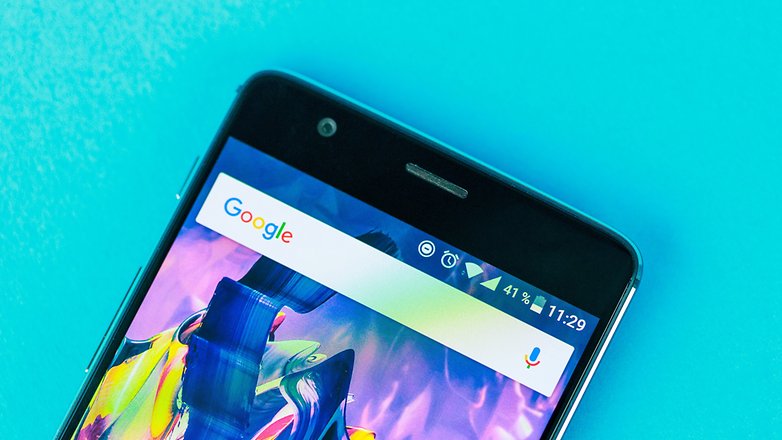
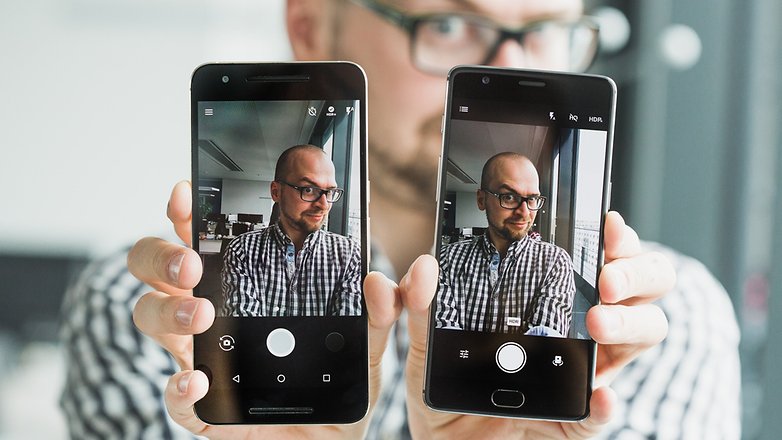
You can probably see where this is happening. So while these two terms are often used interchangeably, they are actually slightly different from each other. 
While smartphone screens continue to grow, there hasn't been a race to 4K from phone makers that we expected a year ago.
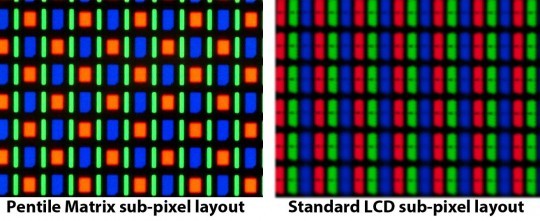
The second disadvantage is PWM (pulse width modulation). Its essence is that individual pixels turn on/off at a very high speed, visually indistinguishable by the human eye. This is done to reduce power consumption, but in fact the eyes get tired faster from such displays. Because of this, such displays on the camera may flicker.
This, among other reasons, likely has a lot to do with concerns about power, as taller, higher-resolution displays require even more. With smartphone battery life already a big topic for many, phone makers don't seem to want to make that leap just yet. 
Active matrix means that each pixel is connected to a transistor and capacitor individually.
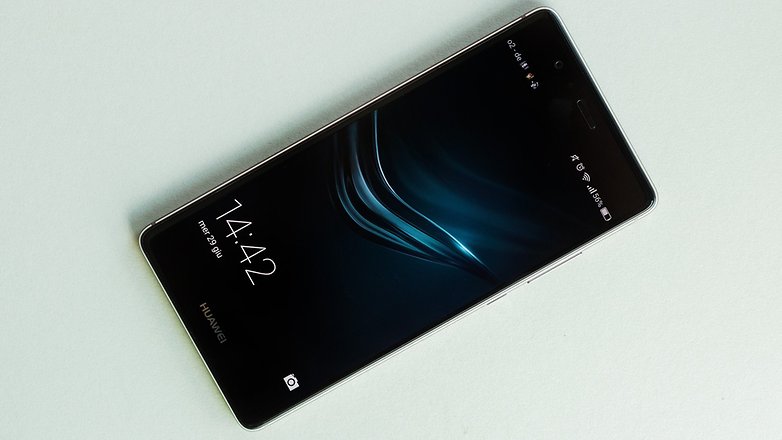
Although this may sound complicated, it really isn't. Other factors to consider are screen burning and diode degradation. 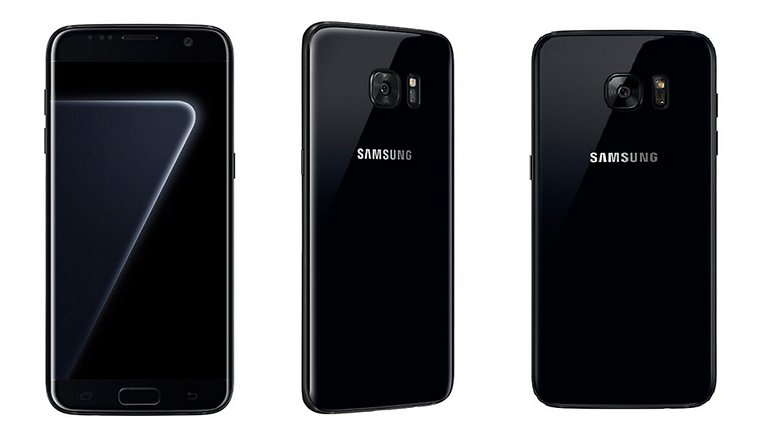
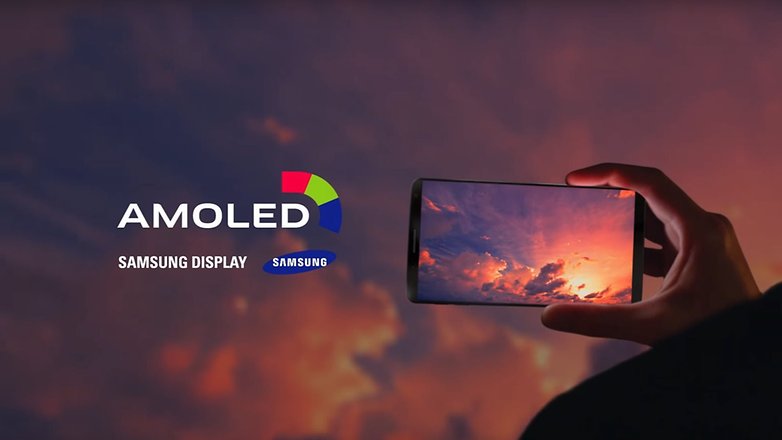
This measurement obviously changes depending on the size and resolution of the display. 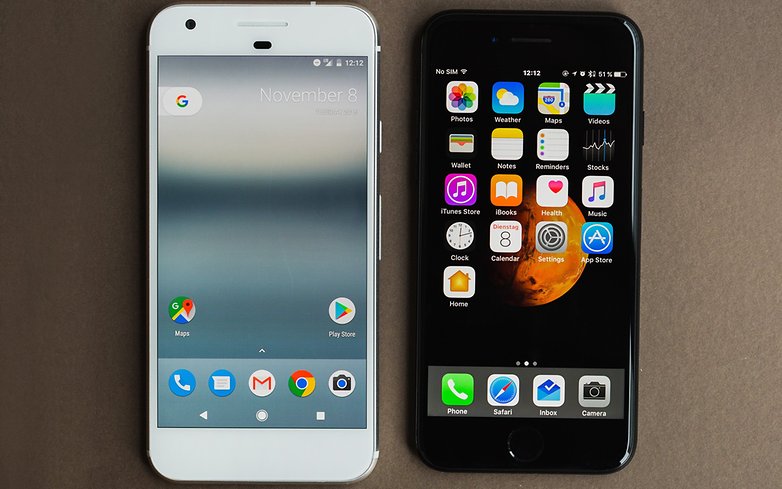
It's not just a case of a better display: it's a trade-off between pros and cons.
Conclusion
And yet, despite the disadvantages listed above, it is AMOLED displays that are installed in the flagships of most large companies. The thing is that, all other things being equal, they show a brighter and juicier picture, as well as better behavior in the sun.

The point of all this is to say two things: the numbers and technical data are worth considering when comparing the screens on two smartphones, but the actual performance of these displays is more important. It's impossible to measure the display on paper, but you really need to see it in real life to find out whether it's too cool or warm for you, whether you like its saturation, brightness or contrast level, what its viewing angles are, and so on.
If you're an outdoor type, then maybe they are. Do you have a favorite display type? Have you noticed the difference between various types displays? Requires stronger backlight More energy hungry screens are usually much thicker due to the backlight source. No backlight Needs thinner screen, less bulky phone No backlight, less battery usage, longer battery life Great contrast. The funny thing about technology is that it always advances one way or another, and sometimes so fast that you're always trying to catch up, like you probably just bought the most advanced smartphone in the world and a couple of months later some other company or perhaps even the same launches of an even more complex device.
IPS matrices are also good displays, so Meizu installs them in most mid-segment smartphones, and leaves AMOLED for flagships.
In 2016, competition between AMOLED and IPS matrices continues. U ordinary users The question often arises: “Which screen is better?” Let's try to understand the advantages and disadvantages of various displays and make a choice.
Our screens are becoming brighter and richer, with big amount pixels in every inch of glass - all for our viewing pleasure. But we all know that resolution isn't everything there is on the screen. In this discussion, we want you to state not only your opinion, but also which screen technology you think is best suited for the future of the platform. Variety and choice is great of course, but is there a clear winner on this moment? And will this change in the future? Both solutions continue to improve with changes and new bypass technologies, but only one can take over the panel of your next phone.
Pros and cons of AMOLED
For many years now the main disadvantage AMOLED screens PenTile is considered to be a specific arrangement of matrix subpixels, leading to loose lines and fonts, distorting colors and reducing the actual resolution of the display. Yes, you heard right, buying a smartphone with HD AMOLED display, in reality you will get a lower resolution.
These screens can also save you battery due to their ability to display black colors without turning on pixels, which makes many users choose all black themes. Finally, the contrast and viewing angles are phenomenal. They don't always have amazing contrast, but the best of the packs have surprisingly good relationships.
Many of the points that can be made regarding these displays may come from the land of subjectivity, but there are also some notable differences in both technologies and the paths they take. High-end flagships tend to have few issues with their displays, but both screen solutions have proven themselves worthy of the high price tags that smartphones come with.
However, modern devices have more than sufficient FullHD or 4K screens, and you can only see the reduced resolution or the PenTile itself if you have excellent eyesight and specifically look at the image. When using a smartphone, such shortcomings are simply invisible.
AMOLED also has difficulties with white color, distorting it and turning it into gray or yellow, however, PenTile RGBW has already appeared in the Motorola Atrix 4G, which has additional white subpixels for correct color reproduction.
It's not just the resolution that you should look at when deciding on a new tablet or tablet, as well as the type of screen technology used. Although one is better than the other? This has long meant that the overall brightness of these panels was lower.
This was used to create very warm displays that looked a bit, but almost all panels brought this under control. Therefore, keeping brightness at the lowest acceptable level is necessary to optimize battery life. If the app points to anything else, even if it appears black to your eye, the pixels will continue to work and consume power.
Users who use a smartphone for a long time should pay attention to AMOLED burn-in. Depending on the model and frequency of use, after a while the display loses its former brightness, begins to turn yellow, and status bars, on-screen buttons and other constantly-on interface elements appear in the white areas.
But such screens manage to save batteries, convey excellent black color, contrast and have a low response time without any cables, which is perfect for fans of games and movies.
It's not uncommon for a phone to start showing signs of being burned after about a year. Since the black pixels are in the off state, you can only use a tiny part of the screen and leave the rest to save power. The world of smartphones has been busy over the past few months. There have been many revolutionary launches with groundbreaking innovations that have the potential to change the course of the smartphone industry. But the most important attribute of a smartphone is the display, which has been the focus of attention for all the famous players in the industry mobile phones this year.
Pros and cons of IPS
Perhaps the main problem of modern smartphones is the rapid discharge of batteries, and IPS screens will happily help the processor quickly suck all the juice out of the battery, leaving you without a connection. This is due to the additional backlight layer, which also thickens the entire display module, resulting in a large gadget size and an unimpressive black color.
By the way, you will have to overpay for all these delights, because they are noticeably more expensive to produce than others.
These displays were familiar to the average Indian smartphone buyer. This helps improve the viewing angle and improve color reproduction. This, however, limits the display resolution and adds to the overall temperature of the device. Therefore, the development of technology led to the replacement of amorphous silicon with polycrystalline silicon, which increased screen resolution and maintained low temperatures. Larger and more uniform polysilicon grains allow electrons to move faster, resulting in more high resolution and more high frequency updates.
But IPS matrices will delight the owner with accurate color reproduction, honest resolution, durability and true pure white color.
SUPER AMOLED or IPS which is better?
So, we have found out the pros and cons of technology; all that remains is to answer the question: “what display better IPS or SUPER AMOLED?”
If you are a fan of bright, rich colors, watching dynamic movies and games, then your choice is SUPER AMOLED.
It was also found to be cheaper to produce due to the lower cost of some key substrates. It doesn't worry about any fluid mechanism or complex mesh structures. Now it all comes down to the ultimate question - which is better? The honest answer is that it depends on the user's requirements.
AMOLED: bright, contrasty and thin
New Delhi: Technology used in mobile displays in modern smartphones, has made significant progress. In the era touchscreen smartphones The display technology has become one of the main selling points and by far its most unique feature. We not only want touch screens displayed clear text, bright images, blur-free videos and sufficient brightness, we want them at a low price too.
If you want to see the most accurate color reproduction, durability and are fond of web surfing or mobile photography, then IPS is more suitable.
In practice, the differences between matrices are not as great as the manufacturers' settings. You shouldn’t choose a smartphone based only on the screen type, since it may have eye-catching colors or contrast specified by the manufacturer; moreover, in 2016, both technologies are able to provide comfort to the user and not disappoint him.
